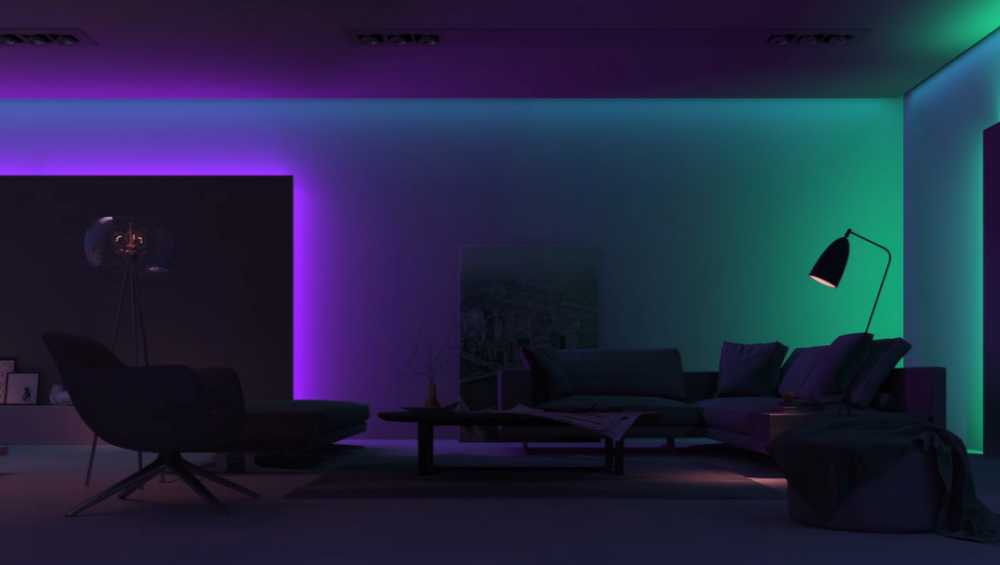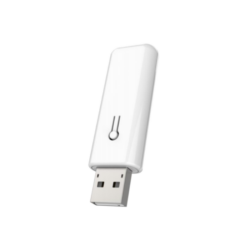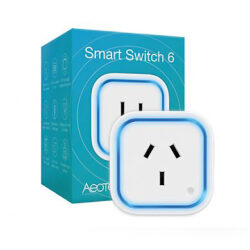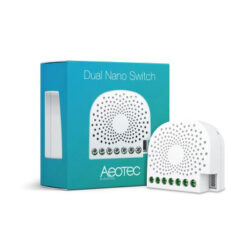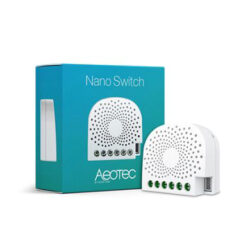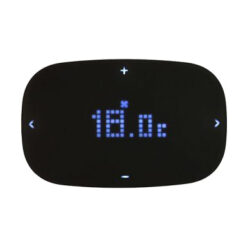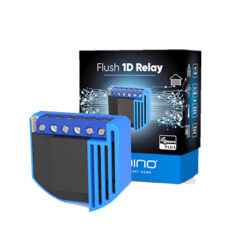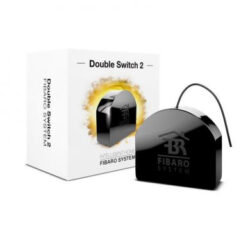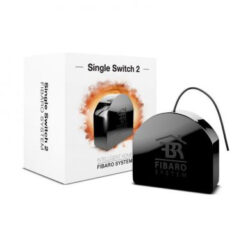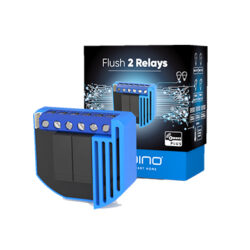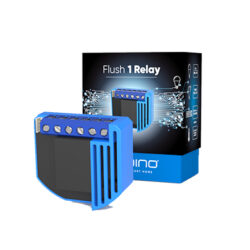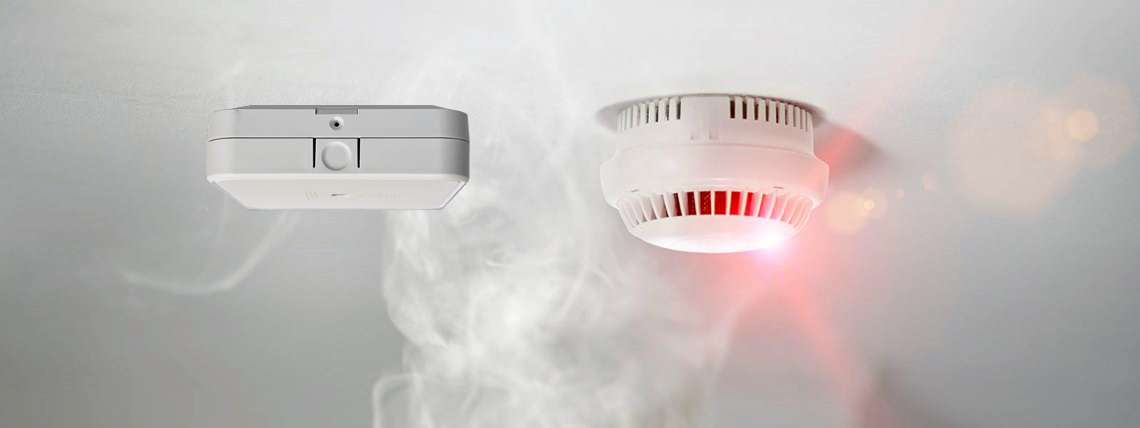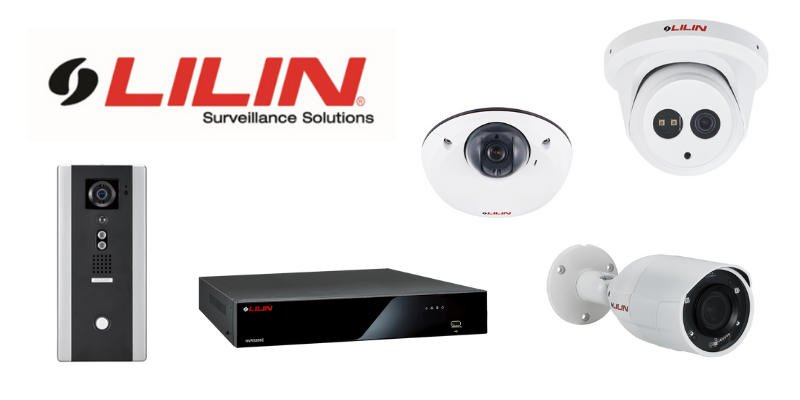In the realm of smart home technology, the concept of a smart home has gained immense traction. The integration of artificial intelligence and automation into household appliances has not only simplified our daily routines but has also revolutionized the way we interact with our living spaces. Among the myriad of smart devices available, smart light switches stand out as fundamental components that contribute significantly to the convenience, energy efficiency, and overall ambiance of a smart home.
Read more: Benefits of Smart Lighting and Energy Saving Systems
Evolution of Light Switches
Traditional light switches, ubiquitous in homes for decades, have undergone a remarkable evolution. From the basic flip switch to the more contemporary dimmer switches, the essence remained largely the same—providing a manual means to control the illumination of a room. However, the advent of smart home technology has propelled light switches into an era of innovation, transforming them from simple toggles to intelligent control centers.
What are Smart Light Switches?
Smart light switches are sophisticated devices that allow users to control lighting fixtures remotely through various means such as smartphone apps, voice commands, or automation schedules. These switches are equipped with wireless connectivity, enabling communication with other smart devices and the internet, thus granting users unprecedented control and customization over their home lighting systems.
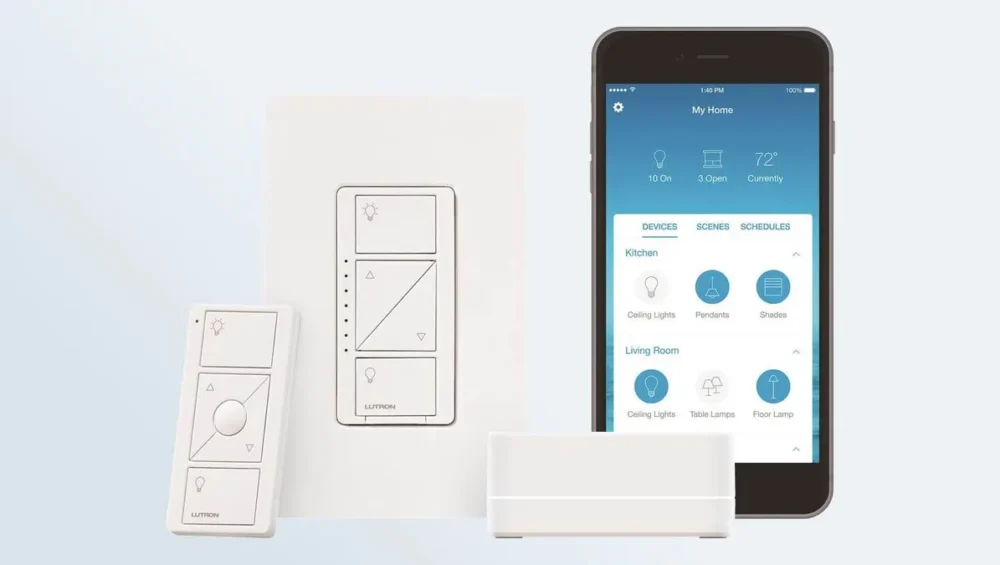
Type of Smart Light Switches
Smart light switches are available in two primary configurations: in-wall (wired) and on-wall (battery-powered). In-wall switches provide superior reliability, security, and energy efficiency compared to their on-wall switches, but may require a more involved installation process. On-wall switches, on the other hand, offer convenience, ease of installation, and cost-effectiveness, making them an appealing choice for those with wiring limitations.
While most smart switches demand a neutral wire for installation, certain models utilize batteries or alternative power sources to bypass this requirement. This versatility guarantees that a suitable smart light switch exists to accommodate every home and preference.
How Smart Home Light Switches Work?
Smart light switches function by integrating wireless connectivity and advanced technology to enable remote control and automation of lighting within a smart home setup. Here’s an overview of how these switches work:
-
Wireless Connectivity: Smart light switches utilize various wireless communication protocols such as Wi-Fi, Bluetooth, Zigbee, or Z-Wave to connect to a home network. This wireless connection allows them to communicate with other smart devices, like smart bulbs, smart home hubs, or home automation systems.
-
Interaction with Smart Devices: Once connected to the network, smart light switches can communicate with compatible smart devices. This includes smart bulbs, fixtures, or other lighting systems within the smart home ecosystem.
-
Control and Command Execution: Users can control smart light switches through multiple means:
-
Smartphone Apps: Most smart switches come with dedicated mobile applications that enable users to control and manage their lights remotely. Through these apps, users can turn lights on or off, adjust brightness levels, create schedules, and set up automation routines.
-
Voice Control: Integration with voice assistants like Amazon Alexa, Google Assistant, or Apple’s Siri allows users to control lights using voice commands. This hands-free operation adds convenience to managing lighting systems.
-
Automation and Scheduling: Smart light switches support automation features, enabling users to create schedules for lights to turn on or off at specific times or in response to triggers like motion sensors or geolocation.
-
-
Compatibility and Integration: These switches are designed to integrate with popular smart home platforms and ecosystems, ensuring compatibility with other smart devices and allowing for seamless communication and interoperability between different devices.
-
Energy Efficiency and Monitoring: Some advanced smart switches offer energy monitoring capabilities. They provide insights into energy consumption patterns, allowing users to make informed decisions to optimize energy usage and reduce electricity bills.
-
Installation and Setup: Installing smart light switches typically involves replacing existing switches. While it may require basic electrical knowledge, most switches are designed to fit into standard electrical boxes. The setup process usually includes following manufacturer instructions, connecting the switch to the home network, and configuring settings through a smartphone app.
In essence, smart light switches enhance user convenience by offering remote control, automation, and integration with other smart devices, contributing to energy efficiency and providing a more seamless and personalized lighting experience within a smart home environment.
Benefits of Using Smart Home Light Switches
The utilization of smart light switches presents a multitude of advantages within a modern household:
Enhanced Convenience: Smart light switches offer unparalleled convenience by allowing remote control of home lighting. Through smartphone apps or voice commands via smart assistants, users can effortlessly manage lights from anywhere, facilitating the creation of ideal settings for diverse occasions, be it entertaining guests or enjoying a relaxing evening.
Energy Efficiency: These switches integrate features like motion sensors and scheduling options, enabling optimized energy usage. By activating lights only when needed and setting schedules, they minimize wastage, reduce electricity consumption, and subsequently lower utility bills. Their contribution to energy conservation makes them an environmentally friendly choice.
Cost Savings: The ability to manage lighting efficiently leads to decreased electricity bills. Smart switches’ automation features ensure lights are not left on unnecessarily, contributing to substantial savings over time.
Improved Security: Utilizing programmed lighting patterns, smart light switches enhance home security by creating the illusion of occupancy, deterring potential intruders during absence. This proactive approach strengthens the overall security measures of the household.
Seamless Integration: Smart light switches are compatible with various smart home devices, enabling seamless integration into existing smart ecosystems. This compatibility ensures harmonious interaction with other devices, such as motion sensors or plugs, creating a cohesive and interconnected smart home environment.
Customizable Ambiance: These switches empower users to customize lighting scenes based on preferences and activities. The ability to adjust brightness levels or create lighting scenes tailored to specific occasions contributes to a personalized and comfortable living experience.
Remote Accessibility: The remote access capability of smart switches allows users to control lights even when away from home. This feature proves beneficial for managing lighting while on vacation or ensuring lights are off after leaving, promoting peace of mind and energy efficiency.
In summary, the utilization of smart light switches not only amplifies convenience and customization but also fosters energy efficiency, cost savings, and an enhanced sense of security, while seamlessly integrating into the broader spectrum of smart home devices.
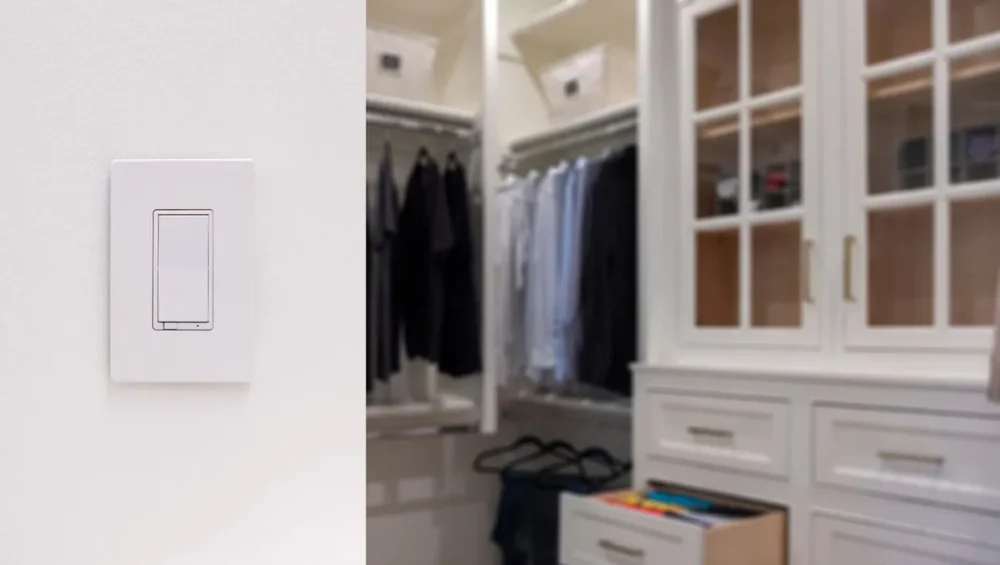
Key Features of Smart Light Switches
Remote Access and Control: Smart switches enable users to control their lights from anywhere using their smartphones or tablets, as long as there is an internet connection. This feature allows for convenient management of lighting even when away from home.
Wireless Connectivity: Most smart light switches utilize wireless communication protocols like Wi-Fi, Zigbee, Z-Wave, or Bluetooth to connect to a home network. This connectivity enables seamless communication between the switch, the user’s smart devices, and other compatible smart home devices.
Voice Control Integration: Integration with popular voice-controlled smart assistants such as Amazon Alexa, Google Assistant, or Apple’s Siri enables users to control their lights using voice commands, offering a hands-free experience.
Scheduling and Automation: Smart switches allow users to set schedules for lights to turn on or off at specific times, creating automated routines. This feature is useful for simulating occupancy while away, improving home security, and optimizing energy usage.
Dimming and Scene Setting: Many smart switches offer dimming capabilities, allowing users to adjust the brightness levels of their lights to suit various activities or moods. They may also enable the creation of customized lighting scenes for different settings, such as movie nights, dinners, or relaxation.
Energy Monitoring: Some advanced smart switches come equipped with energy monitoring features, providing insights into energy consumption patterns. This information empowers users to make informed decisions about energy-efficient lighting choices and potentially reduce electricity bills.
Compatibility with Smart Home Ecosystems: These switches often integrate with popular smart home platforms and ecosystems like Amazon Alexa, Google Assistant, Apple HomeKit, or Samsung SmartThings, allowing seamless interaction with other smart devices within the same ecosystem.
Integrating Smart Light Switches with Alexa Smart Speaker
Connecting your smart light switches with other smart devices, such as Alexa smart speakers, is a straightforward procedure that can significantly enhance your home automation setup. To achieve this, open the Alexa app, go to Devices, choose the plug or light switch, access Settings, and designate Light as the Type. Once configured, you’ll have the ability to effortlessly control your smart lights using voice commands through Alexa, streamlining your lighting experience.
By integrating your smart light switches with various smart devices and systems, you can establish a comprehensive and unified smart home ecosystem. This integration seamlessly combines convenience, efficiency, and security, tailoring your home to your specific needs and preferences. As a result, you’ll enjoy a comfortable and pleasurable living environment that perfectly aligns with your lifestyle.
Read more: The Complete Manual for Configuring Your Smart Home
Conclusion
Smart home light switches represent a significant advancement in home automation technology, offering users unprecedented control, convenience, and customization over their home lighting systems. While initial costs and compatibility issues may pose challenges, the potential benefits in terms of energy efficiency, convenience, and enhanced living experiences make smart light switches an integral component in shaping the modern smart home.
As technology continues to evolve, the future holds exciting possibilities for further innovations and enhancements in smart home lighting, promising even greater integration, efficiency, and user-centric experiences.
Understanding how smart home light switches work not only opens doors to a more connected and convenient lifestyle but also invites us to imagine the endless possibilities for creating smarter, more comfortable, and energy-efficient living spaces in the years to come.

